“Apply heat. Massage. Feed. Pump. Repeat.”
Clinicians have advised breastfeeding parents to treat mastitis this way for decades, but recent evidence is turning protocol on its head: traditional treatment may actually make mastitis symptoms worse, not better.
In 2022, the Academy of Breastfeeding Medicine (ABM) released new guidance that directly contradicts what once seemed to be tried and true advice. At Nest Collaborative, part of our mission is to ensure that providers and patients alike have access to the most recent research—and that it’s broken down in a way that’s useful and usable.
With that in mind, here’s what IBCLCs, lactation consultants, primary care providers, and any other healthcare professional working with breastfeeding families need to know about new mastitis research.
The ABM’s new protocol is based on the premise that mastitis is not caused by “clogged” milk ducts or incomplete emptying of the breasts, as previously believed. Instead, recent research suggests hyperlactation (oversupply) and dysbiosis (an imbalance of naturally occurring bacteria) are to blame. Both oversupply and a disturbed microbiome cause inflammation of the breast, which leads to ductal narrowing. As a result, bacterial infection may follow.
In alignment with these findings, the ABM recommends targeting mastitis treatment toward decreasing inflammation and avoiding overstimulation of the breasts.
Traditional treatments for mastitis were based on the best information that healthcare professionals had available at the time, but many are no longer clinically indicated. Clearly, out-of-date guidance should be retired and replaced with a more evidence-based approach. But what stays and what goes?
Every patient is different. There’s no one-size-fits-all solution to any breastfeeding concern, including mastitis, but this is the basic breakdown under the new protocol:
The ABM still encourages breastfeeding parents with mastitis to feed their babies on demand. However, clinicians’ and parents’ focus on “emptying the breast” should change. Attempts to extract every last drop of milk from the breast can worsen oversupply and inflammation. Too much pumping also upsets the natural balance of bacteria in the breast, which increases the risk of bacterial mastitis.
When possible, nipple shields should also be avoided. They create an artificial barrier between the baby’s mouth and the breast that inhibits the transfer of good bacteria, which does no favors for an already off-kilter microbiome.
Epsom salt soaks can help reduce inflammation and pain in other circumstances, but they’re not an ideal treatment method for mastitis. In fact, soaking the breast in Epsom salt can macerate nipple tissue and lead to cracked, dry skin.
The new protocol also discourages the use of heat packs. Rather than softening (perceived) “plugs” in the milk duct and encouraging milk to flow, excess warmth increases inflammation and promotes even more narrowing of the affected milk ducts.
Cold compresses, on the other hand, work to reduce swelling and ease some of the pain and swelling associated with mastitis.
There are numerous ducts in each breast, and they all connect through a complex branching network. We now know that mastitis is caused by inflammation inside the breast, which narrows these milk ducts and stops the milk from flowing. However, it’s not physically or anatomically possible for an individual duct to become blocked by a large milk "plug."
With this in mind, deep breast tissue massage intended to “loosen” a “plugged” duct is no longer recommended, nor is using a handheld massager to create external vibration to achieve the same goal.
In addition to exacerbating swelling and inflammation, rough or aggressive massages can damage breast tissue. Performing a gentle lymphatic massage to encourage drainage is more effective—not to mention much less painful.
For some patients, therapeutic ultrasound may also be an acceptable treatment option, with advantages such as:
Clinicians should carry forward existing medication regimens—with some caveats. Tylenol is still a safe way to reduce pain, and Ibuprofen may help reduce breast inflammation. Antibiotics should be reserved for bacterial mastitis, which a milk culture can confirm.
Along with these old standbys, breastfeeding parents may benefit from taking probiotics, which have been shown to have both therapeutic and preventative effects on mastitis. Only certain strains are effective, though. Any probiotic recommended to breastfeeding parents should contain Ligilactobacillus salivarius (formerly classified as Lactobacillus salivarius) or Limosilactobacillus fermentum (formerly classified as Lactobacillus fermentum).
Sunflower or soy lecithin may also be taken to emulsify milk and reduce inflammation.
Studies suggest that women with a history of anxiety and depression tend to experience higher rates of mastitis symptoms. On the flip side, women who experience breastfeeding complications are also at increased risk of negative mental health symptoms. Left unchecked, mastitis can contribute to early cessation of an otherwise fulfilling breastfeeding relationship which further complicates matters.
It’s vital for healthcare providers to address both the physical and mental health concerns of breastfeeding parents with mastitis. These issues often go hand-in-hand, so holistic treatment is vital.
Every clinician working with postpartum patients should screen for mood disorders, but extra vigilance is appropriate when treating breastfeeding parents with mastitis. Clinicians should be well-versed in the warning signs of mood disorders and be prepared to provide appropriate support to help breastfeeding parents overcome any challenges they may face.
As with any breastfeeding-related topic, education is critical for mastitis prevention. When breastfeeding parents are aware of healthy breast anatomy, they’re more likely to recognize the signs and symptoms of mastitis early on. Proper breastfeeding techniques may also act to prevent mastitis in the first place.
For a complete picture of the updated mastitis treatment protocol, we encourage providers to review the Academy of Breastfeeding Medicine’s published statement.
New approaches to breastfeeding take time to communicate and become standard practice, so clinicians should also take the initiative to explain to breastfeeding parents why they should not follow out-of-date advice on the treatment of mastitis symptoms, should they occur.
While reactive, problem-focused care has historically been the common standard of practice in lactation, preventive care has been shown to mitigate or eliminate barriers to breastfeeding success and self-efficacy.
At Nest Collaborative we offer a comprehensive preventive approach to lactation care across the pre-conception, prenatal, intrapartum, and postpartum continuum through education, anticipatory guidance, reassurance, and skilled practical help and problem-solving in collaboration with the interprofessional healthcare team.
Whether you need clarification on the new recommendations or help incorporating them into your patient care plans, you don’t have to go it alone. Nest Collaborative is committed to building supportive, evidence-based partnerships with healthcare providers. We provide support by:
If you or your healthcare practice needs support with clinical guidance for breastfeeding patients or you are looking to expand your options for referring patients, we’d love to talk with you. To learn more about our work, reach out to start a conversation.
